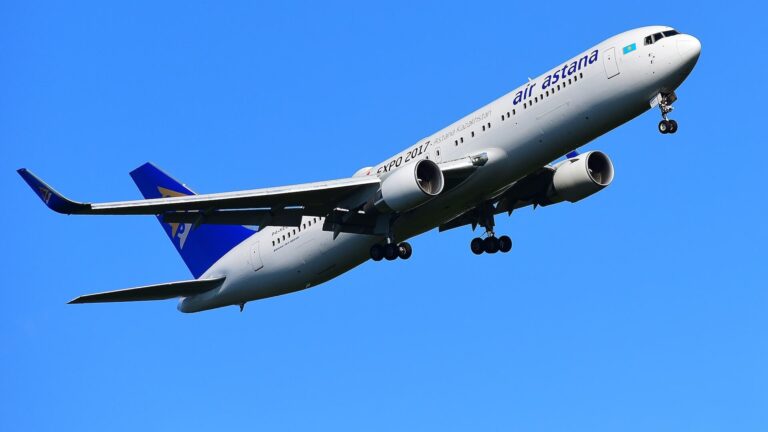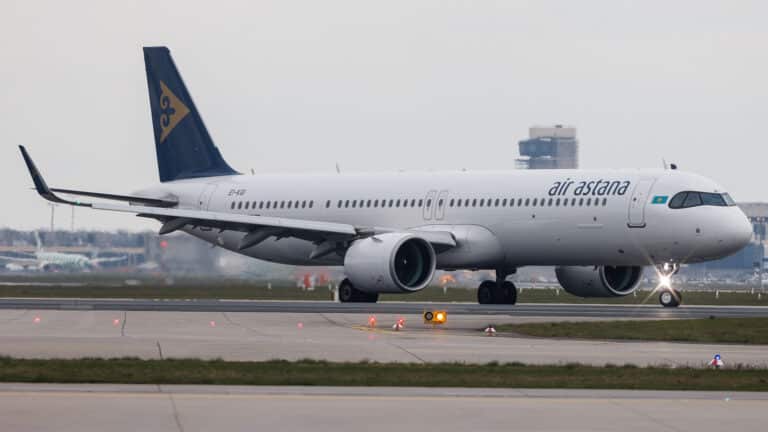
Almaty has faced high levels of air pollution over the past 10 years. Monitoring data show that in nine out of 10 years between 2015 and 2024, the city’s air quality was assessed as «high» for pollution, except in 2017, when it was graded as «elevated.» In a separate assessment, on Jan. 14, IQAir, a Swiss company specializing in air quality monitoring and solutions, ranked Kazakhstan’s largest city at the top of its real-time list of the most polluted large cities in the world. More than 2.3 million residents breathe daily air containing amounts of toxic substances exceeding the maximum permissible concentrations, the Project Office for Central Asia on Climate Change and Green Energy reported.
Air pollution factors
Almaty lies in a hollow valley at the foot of the Ile Alatau mountain range, a location unfavorable for natural air exchange. Mountain and valley wind intensify the accumulation of pollutants, especially in the northern part of the city. Chaotic, large-scale development over the past two decades has exacerbated the situation, leaving Almaty covered with a thick layer of smog for more than six months each year.
Primary sources of air pollution in Almaty include:
- Vehicles: Car exhaust releases harmful substances into the atmosphere, including carbon oxides, nitrogen oxides and sulfur dioxide;
- Stove heating: Private houses in the suburbs that use coal and wood for heating significantly increase emissions of suspended particulate matter, as well as carbon and sulfur oxides;
- Thermal power plants: TPP-1, TPP-2 and TPP-3 contribute to air pollution, despite the partial provision of natural gas to the city’s private housing sector.
According to Kazhydromet, the state enterprise responsible for monitoring and forecasting weather and climate in the country, the city’s Air Pollution Index (API) stood at 7-8, reflecting a «high» level, from 2015 to 2016 and between 2018 and 2021. In 2017, the index stood at 5-6, corresponding to an «elevated» level. In 2022 and 2024, under the Standard Index (SI) metric, the pollution level was assessed as «high,» while in 2023 it was classified as «very high.» In 2024, there were 31,960 reported cases of concentrations exceeding maximum permissible limits, primarily for nitrogen and carbon oxides, ozone, sulfur and nitrogen dioxides, as well as PM2.5 and PM10 particles.
Future outlook
Addressing Almaty’s air pollution problem requires a comprehensive approach. Key measures include modernizing transport infrastructure, transitioning to ecologically clean fuels, strengthening controls on emissions from thermal power plants and further expanding gas infrastructure in the suburbs. Effective monitoring and timely public information on air quality remain essential for minimizing health risks.
Tackling Almaty’s smog is not only an environmental challenge but also a social one, as it affects the quality of life for millions of residents. In 2025, measures to improve the environmental situation are expected to be reinforced, including the introduction of new technologies and stricter standards.













